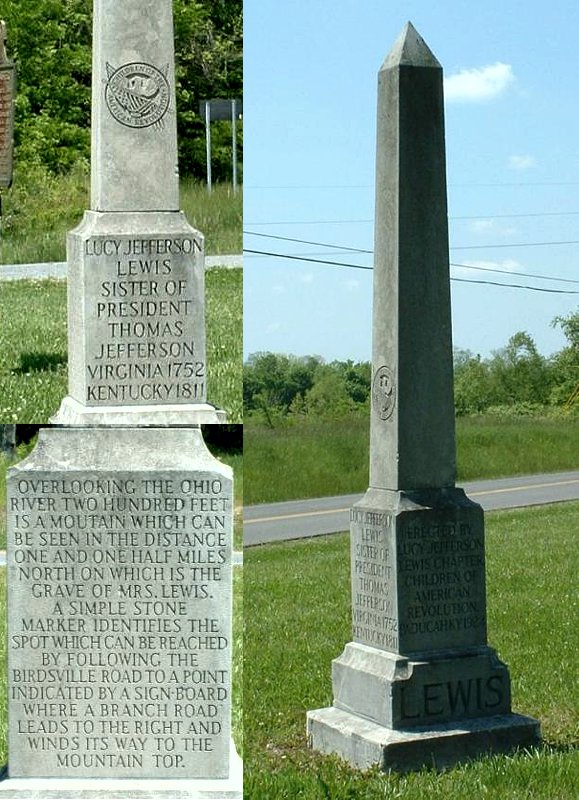

From the county's role in the "Trail of Tears" to the city's role as a trading post on the Ohio River, both the county and the city of Smithland have a rich historical heritage.
SmithlandThe late 1790's brought John Smith to the area of the confluence of the Ohio and Cumberland Rivers. He was sent by Zachariah Cox to scout a location for the settlement. John Smith met with stiff opposition from the elements and from General Wilkinson of Fort Massac who had plans of his own to establish a commercial settlement in cooperation with the Spanish. Cox's efforts were thwarted when the General convinced the President and the Secretary of War that Cox was building a boat to use as a pirate ship and for making war against the Indians. Cox was arrested and upon his return to the area found that all his possessions had been taken from him. He continued his efforts for a short time but disappeared from the records around 1803
.Enduring many hardships, the small community named Smithland after John Smith, Cox's good friend and associate. The town slowly grew and became a stopping point for boats transferring passengers and produce. Laid out on a plat in 1805, but not recorded until 1837, the town plan included six blocks along the river and two blocks back. This same plat is still used for the location of lots in Smithland.
In its early days, the town had a reputation for being a lusty, brawling river town, full of unsavory characters. Soon lots were being bought by people of a much different and better character who built homes and established businesses including inns and taverns some of which are reputed to have had tunnels used by escaping slaves.
On December 16, 1811, a 7.2 to 8.2 earthquake occurred along the New Madrid Fault. Many Smithland residents were frightened into believing it was the end of the world. Awakened by heavy rumbling, roaring hissing sounds and explosions that sounded like cannon fire, residents fled into the streets to escape falling chimneys as houses shook. Tremors continued for several months afterwards.
On the evening of that quake, about three miles above Smithland, at a place known as "Rocky Hill," a grisly murder occurred at the home of President Thomas Jefferson's nephews. Jefferson's sister, Lucy Jefferson, was married to Colonel Charles Lilburn Lewis. Charles and Lucy's son, Lilburne Lewis, had been active in the affairs of the town. Lilburne soon fell on hard times and began to drink heavily which brought about major changes in him. When "George," one of Lilburne's slaves, broke a pitcher belonging to his deceased mother, Lilburne gathered all his slaves and murdered George with an axe in front of them. The murder is well documented in the 1976 book Jefferson's Nephews, by Boynton Merrill, Jr. This book and other historical books are available from the Livingston County Historical Society.
Lucy Jefferson Lewis died in 1811. She was buried on the ground of the Rocky Hill plantation. The gravesite has been lost and the estate is now in ruins. A monument honoring Lucy Jefferson Lewis was erected by the Daughters of the American Revolution at the intersection of U.S. Route 60 and Kentucky Route 137.
The 1830's saw the establishment of sawmills, a boatyard for building steamboats, the Smithland Dock Company, a brickyard, blacksmith shops, an iron factory, grocery stores, dry goods stores, and the Smithland Herald.
By 1840, the town had grown in size and population, and 1842 saw the formation of Crittenden County from Livingston County's northern section. The county seat was relocated to Smithland where a new courthouse was built in 1845. This courthouse was listed on the National Register of Historic Places in 2011. Today this beautiful building is being transformed into the Livingston County Museum.
Major floods occurred in the Ohio River valley in 1884 and 1937. These floods brought about radical changes by TVA in the years that followed. Construction began on Kentucky Dam in 1938, and in later years Barkley Dam and Smithland Dam were built.
Smithland was temporarily renamed "Albany, New York," in 1961 for the filming of a portion of How the West Was Won starring Jimmy Stewart, Debbie Reynolds, Walter Brennan, and many others. The movie featured several Smithland residents as extras.
Lucy Jefferson Lewis, sister of President Thomas Jefferson, died in 1811. She was buried on the grounds of the Rocky Hill plantation, but the gravesite has been lost. The estate is now in ruins.
A monument honoring Lucy Jefferson Lewis was erected by the Daughters of the American Revolution at the intersection of U.S. Route 60 and Kentucky Route 137.
